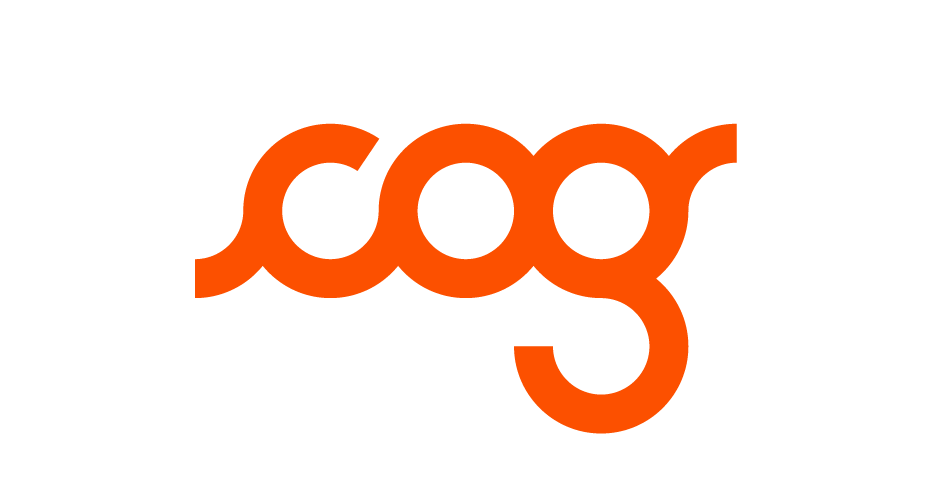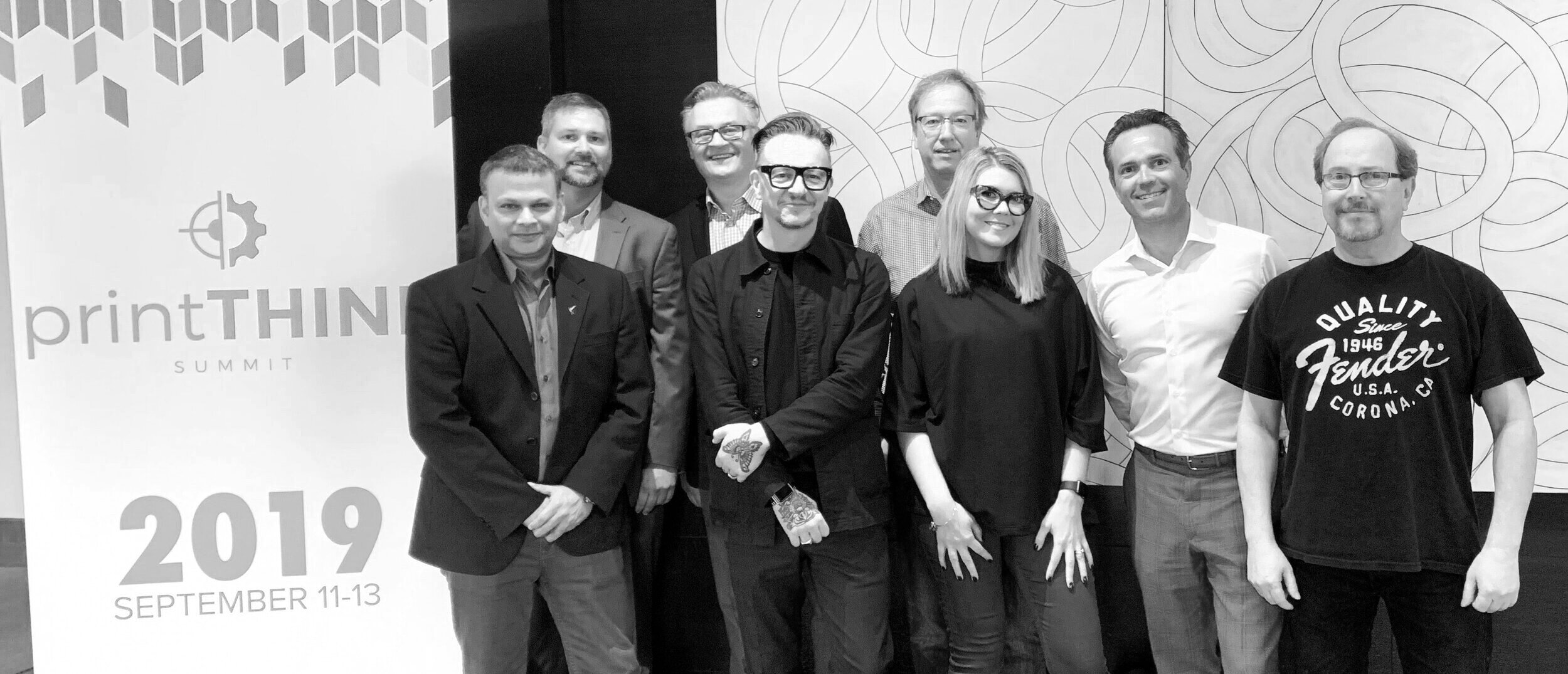AeroFlexx Flexible Packaging Saves the Future
The incredible AeroFlexx story, as told at TLMI printTHINK 2019.
A Cog’s-eye-view:
This is a collaboration story of epic proportions. Three distinct creative entities, hundreds of designers, brand managers, manufacturers, printers, and marketing people in different states and countries had to work together with gin-clear transparency to pull this off. It’s an exciting tale and a model for others juggling multiple input vectors. The recap below presents the contents, but, unfortunately for those who could not attend, not the charm and verve of the three speakers.
Every so often a revolutionary product comes along that improves our lives. Think back to Apple’s MacIntosh personal computer, or to the introduction of the first hybrid gas/electric car, or to Kenner’s release of the Star Wars action figure collection. Life was better afterwards.
When asked by TLMI to arrange a presentation for the 2019 printTHINK collective innovation and knowledge sharing summit, Cog knew just the product story to tell. The Cogs had been supporting the development of a new packaging technology for several years and knew all the players, so after three phone calls, the presenters were on board and, on September 12, the Cogs were on their way to Chicago.
Here’s what went down:
An impressive group of packaging pros gathered in a conference room of the Rosemont Hyatt at 11:00 a.m. Cog President & CEO, David Lukshus, took the podium and introduced the story the speakers would be telling—essentially a peek behind the scenes of how Air Assist flexible packaging technology redefined what was possible in performance and sustainability. Air Assist is better known now as the brand AeroFlexx, winner of Dow’s prestigious Diamond Award. Lukshus then invited the three development-team leaders to the podium, introducing them as friends, colleagues, and living legends (Google them, and you’ll see he’s not far off).
Ken McGuire, a research fellow and inventor extraordinaire from Procter & Gamble who holds more than fifty patents on brands, such as ThermaCare, Press n’ Seal, Bounty Basic, and AeroFlexx. Ken is one of those guys who can wear blue jeans and a casual shirt but still look sharp enough to dine with royalty.
Joining from Innventure, the parent company of AeroFlexx, Chief Technology Officer Cedric Dsouza. Square-shouldered and intensely focused, Cedric, in his previous role at P&G, was the visionary behind the manufacturing platform technology of brands like Pantene, Head and Shoulders, Old Spice and others.
Ben Greengrass, award-winning creative director at Elmwood during the AeroFlexx project, came in from his new agency, ThoughtMatter, in New York City. He sported a gelled up-sweep of hair and fashionable eyeglasses, a marathon-runner’s build and a resume, including entities like The Football Association, UMBRO, The Rubin Museum,The Harlem Empowerment Project, Breakfast Club Cafes, Proctor & Gamble, Unilever, jet.com, and many others.
They kicked off with a slideshow:
THE FUTURE OF LIQUIDS PACKAGING.
Collaborating for Breakthrough Innovation in the
Packaging Design-to-Print Supply Chain.
Ken emphasized the word “collaboration,” as the R&D-to-Design process was a close, fully transparent partnership between many talented people from AeroFlexx, Elmwood, and Procter & Gamble.
The project began in 2011 when P&G challenged its packaging engineers, scientists, and designers to obsolete the traditional plastic bottle. The goal was to innovate flexible packaging that would grow past pouches and sachets. Cost savings and the betterment of our environment’s future were at stake. Their first prototypes failed to maintain a rigid shape and looked like props from a 1950’s sci-fi movie. Further attempts found ways to retain air pressure inside the thinner, flexible walls of the container. The product could then maintain its shape, even after dispensing a quantity of its contents.
AeroFlexx had taken its first baby steps. Its developers had, too. They were learning to collaborate seamlessly, so Ken’s, Cedric’s, and Ben’s people began regarding themselves as one cohesive team, not three separate ones. Hundreds of brilliant minds could share ideas efficiently and focus them on solving problems of rigidity, dispensing, weight, shipping, shelving, and legions of others.
This now “super” team chose the Dawn brand, along with its principal design leader Alejandra Best, to take the next steps through design testing. Could the package be re-sealable? What kind of challenges would decorative printing pose? Within a few months, they had a breakthrough. A tear-off top was chosen and designed so consumers could intuitively understand to pull it off and not cut it off. It worked amazingly well. A range of colors and textures, pigments and metallics, holographic and iridescent applications, and other decorations were tested.
The consumer experience was hugely positive. They loved that:
One tear was all it took; no more capping and uncapping
The drop-by-drop dispensing gave them greater control
The re-sealable valve wouldn’t leak, even when upside-down
There was less mess, no gunky residue
The soft material didn’t hurt nearly as much as the old bottle when dropped on a bare foot
The team was excited. To quote Ken, “Any technology that works right is indistinguishable from magic,” and they had achieved it.
Or had they? Dawn, in its new, flexible finery and futuristic valve, went to its first test market in three Oklahoma City Homeland stores. Consumers saw the new product in place of the old and were wary of the strange newcomer. Sales were disappointing. But, when the old product was placed side-by-side with the new design, the results were promising but it was impractical.
To properly test a high-tech product, one needs a high-tech marketplace. Sales through Amazon.com proved to be a whole different experience. Younger early adopters went wild for the new flexible package, giving AeroFlexx preference over traditional packaging in Dawn dish soap and Old Spice body wash.
The team felt vindicated. They had a real contender on their hands and couldn’t wait to try it with other P&G brands. Joining Dawn and Old Spice were Olay and others.
The trick then was to commercialize it. The initial challenge to the team not only required a viable flexible package, it required a package that delivered a complete solution to the marketplace, one that satisfied several criteria.
To the consumer, it had to be a superior experience
Accupoll reported an overall A+ rating
70% of users reported better than expected performance
To the customer, it had to withstand the rigors of e-commerce.
Package sustained no damage when dropped 30 feet (ISTA-6 approved)
Added zero preparation
Eliminated shipping losses
To the environment, it had to reduce waste
Package requires 50% less plastic
Eliminates significant e-commerce waste
Accesses recyclable or renewable resins
Will soon be manageable for curbside recycling pick-up
By February of 2022, commercial lines using AeroFlexx technology are projected to account for 50 million units per year.
Summary:
After some disappointments in design and test-marketing, these three key functions of the AeroFlexx development team came together as a collaborative consciousness capable of producing innovation upon innovation to make the new, flexible package work, including:
Shapes and Sizes
Recyclability
Small MOQ/Agile Printing
Decorative Embellishments and Finishes
Features and Functionality
To those in the audience, watching Ken, Cedric, and Ben share roles in the presentation underscored a key insight: Ego is for amateurs. Bringing a revolutionary packaging idea to viability was all about collaboration, shared failure and shared triumph, transparency, and a communal boldness to face the impossible and say, “We’ve got this.”

